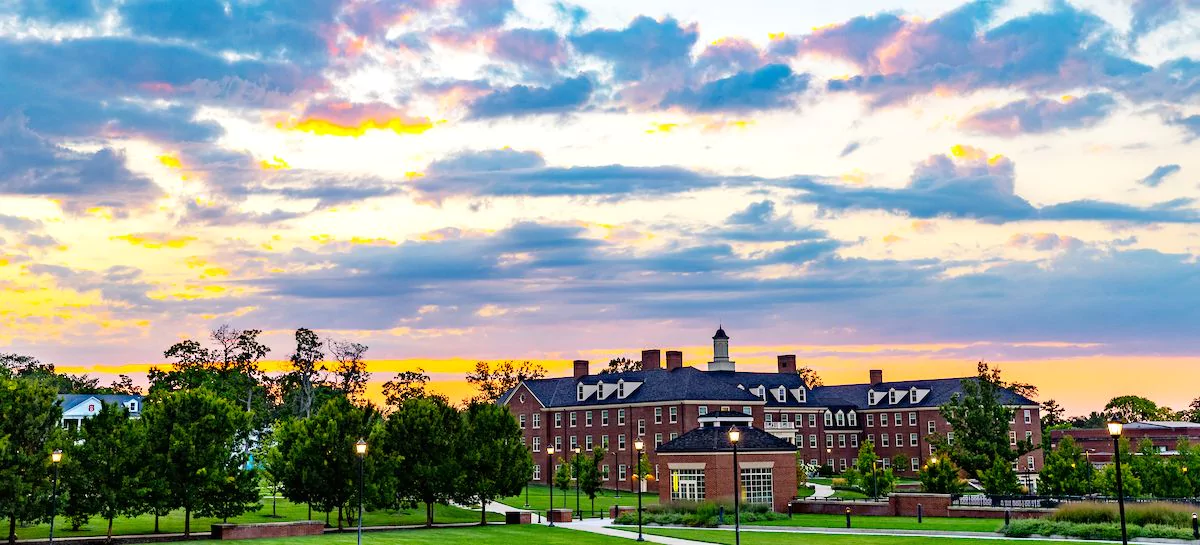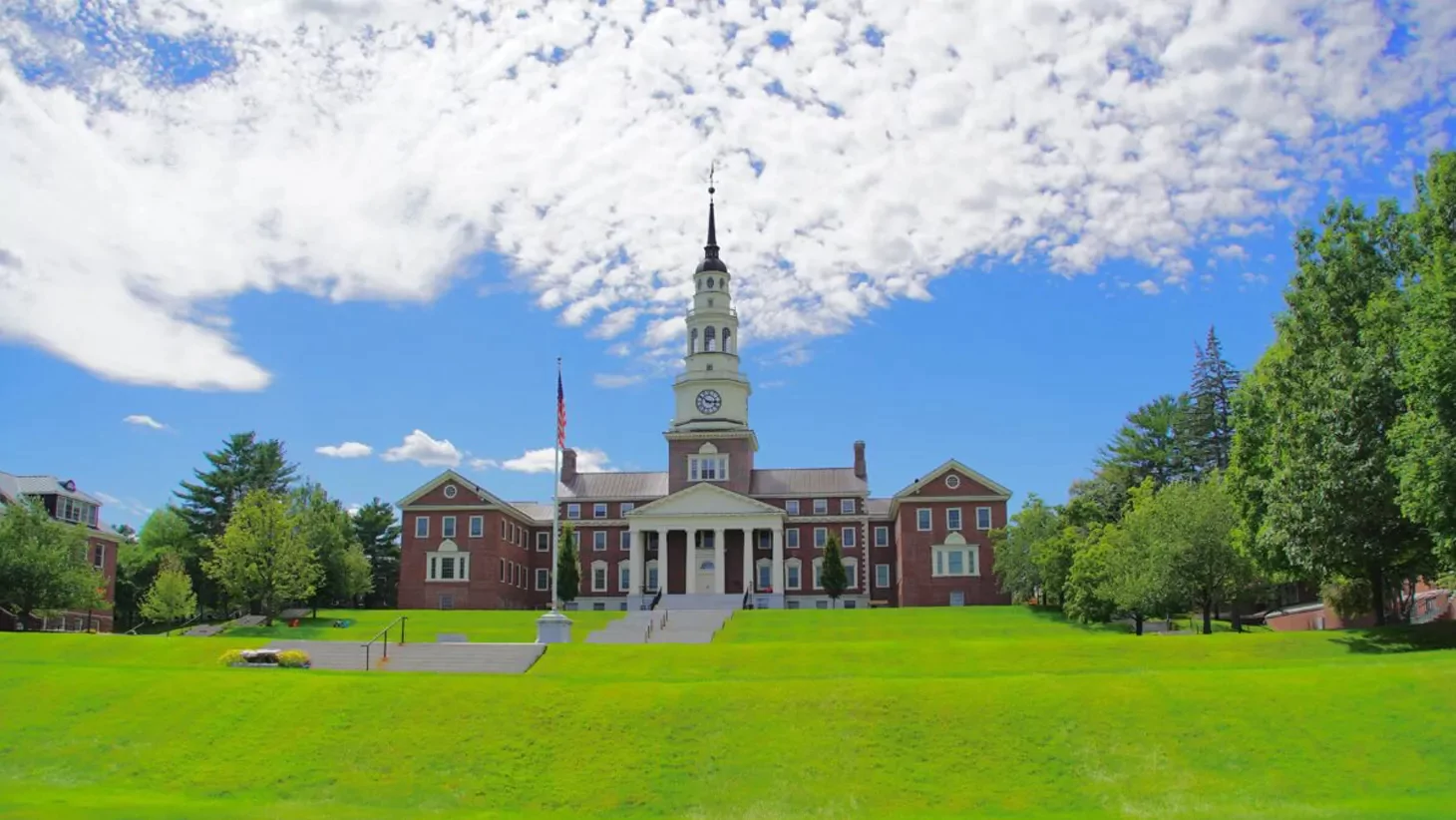
Update: This article was last updated on 16th February, 2024 to reflect the accuracy and up-to-date information on the page.
Specific institutions in higher learning have established a reputation rivaling even the most prestigious Ivy League schools. They have a charm that goes beyond conventional rankings and captures the interest of academics and students alike. Enter the realm of “Public Ivies” and “Little Ivies”.
Unlike the Ivy League, these lesser-known categories offer a unique synthesis of academic brilliance, intellectual rigour, and comprehensive education, which evokes notions of exclusivity and affluence.
What is an Ivy League?
The name “Ivy League” was first used in the 1950s to refer to a group of universities that all shared a commitment to academic achievement, intellectual rigour, and selective admissions.
The Ivy League colleges are renowned for their outstanding teaching, numerous possibilities for research, robust alum networks, and beautiful campuses. They have a long history of generating well-known graduates who have made significant contributions in various professions, including academics, business, politics, the arts, and sciences.
They also provide a wide range of undergraduate and graduate programs across many different disciplines. Ivy League admission is complicated, with a low acceptance rate and demanding application standards. They are frequently related to intellectual growth and accomplishment, high educational standards, and academic brilliance.
The vast panorama of universities and colleges that claim comparable academic quality and intellectual fervour resides outside the hallowed walls of these respected institutions, though.
Recommended Reading: DON’T CHASE THINGS WHICH IVY LEAGUE ARE NOT LOOKING FOR
Come along with us as we set out on a quest to unearth the mysteries and unearth the undiscovered treasures within the Public Ivies and Little Ivies.
Public Ivies and Little Ivies
The terms “Public Ivies” and “Little Ivies” refer to certain universities and colleges that are thought to offer top-notch academic experiences and educational opportunities comparable to those provided by elite Ivy League schools.
Public and Little Ivies are more inclusive groups comprising public, and private colleges spread around the nation.
Public Ivies

According to Richard Moll, who popularised “Public Ivies” in his 1985 book “The Public Ivy’s”, the Public Ivies provide an Ivy League education at a public university fee.
Moll’s Public Ivies list included William & Mary, UC Berkeley, the University of North Carolina at Chapel Hill, the University of Michigan, UCLA, and the University of Virginia. Moll also picked nine runners-up who provided a near-Ivy-level education but were less robust.
Recommended Reading: SACHEM CENTRAL SCHOOL DISTRICT – EVERYTHING YOU NEED TO KNOW
The list of Public Ivy institutions was enlarged to include 30 public colleges, separated into the Northeast, Mid-Atlantic, South, Midwest, and West regions in the 2001 book Greens’ Guides to Educational Planning.
The University of Georgia, Indiana University Bloomington, the University of Wisconsin-Madison, and the University of Washington are among the institutions on this list.All these colleges are believed to have academic standards that are on par with those of the Ivy League. But the Public Ivies are fundamentally different from the Ivy League in these respects.
For starters, most of the Public Ivies are far more significant than Ivy League institutions. Despite the eight Ivies’ average undergraduate enrolment of 8,500 students, several Public Ivies have far larger undergraduate courses. For instance, almost 31,000 undergrads attend Michigan and UCLA, respectively, whereas the University of Texas at Austin enrols over 40,000 undergrads.
The Public Ivies report lower endowments than the Ivies, and because of their more significant student numbers, these assets must be used more efficiently. Although Michigan has a larger endowment than Columbia, the public institution cannot compete with a faithful Ivy regarding student financial aid.
However, the Public Ivies have one significant benefit over the Ivies: reduced tuition costs. While all Ivy League institutions charge annual tuition and fees of at least $50,000, several Public Ivies only charge in-state students roughly $10,000.
List of some Public Ivy
- Binghamton University
- Indiana University Bloomington
- Miami University
- Michigan State University
- Ohio State University
- Pennsylvania State University
- Rutgers, The State University of New Jersey
- University of Arizona
- University of California, Berkeley
- University of California, Davis
- University of California, Irvine
Benefits of Attending a Public Ivy
Going to a Public Ivy means you get a top-notch education similar to an Ivy League school but at a much lower cost. Public schools are funded by the government, so students don’t have to pay the full price. Private schools, on the other hand, rely on donations and tuition, which makes them more expensive.Even though out-of-state tuition at Public Ivies may be higher, it’s still more affordable than going to an Ivy League School. If you’re an in-state student, you also have better chances of getting financial aid, as Public Ivies focus on helping students in their state.
Choosing a Public Ivy opens up many career opportunities and post-graduation prospects. For example, Binghamton University is sought after by NYC-based companies for its Accounting program, and the University of California, Berkeley has a career center to support students in reaching their career goals.
Little Ivies

The “Little Ivies,” private liberal arts universities, provide academic rigour and selective admissions like the Ivies and Public Ivies do.The Little Ivies are composed of all the institutions in the New England Small College Athletic Conference and many colleges from outside New England. Little Ivies lists often include elite liberal arts universities such as Amherst College, Vassar College, and Tufts University.
While many Public Ivies enrol tens of thousands of students, Little Ivies often have substantially lower student populations. Amherst, Bowdoin, and Swarthmore all have enrolments of less than 1,800 students.
Furthermore, the Little Ivies frequently concentrate solely on undergraduate education. While the Ivy League and Public Ivies have several graduate programs, many Little Ivies only have undergraduate programs.
List of a few Little Ivies
- Amherst College
- Bates College
- Bowdoin College
- Colby College
- Connecticut College
- Hamilton College
- Haverford College
- Lafayette College
To sum it up
These universities have a rigorous admissions procedure and offer a challenging academic environment that prepares students for graduate school or professional professions.It is crucial to remember that the labels “Public Ivies” and “Little Ivies” are not official rankings but informal designations. Lists from different sources may differ, and categorization may be subjective. However, they often represent institutions that are well-known for their intellectual rigor and high-quality education, whether public or private.
Moonpreneur offers STEM programs in Robotics, Game Development, App Development, Advanced Math, and other futuristic sciences to help students build top-notch profiles and pursue their passion projects. Start your journey to success today!















